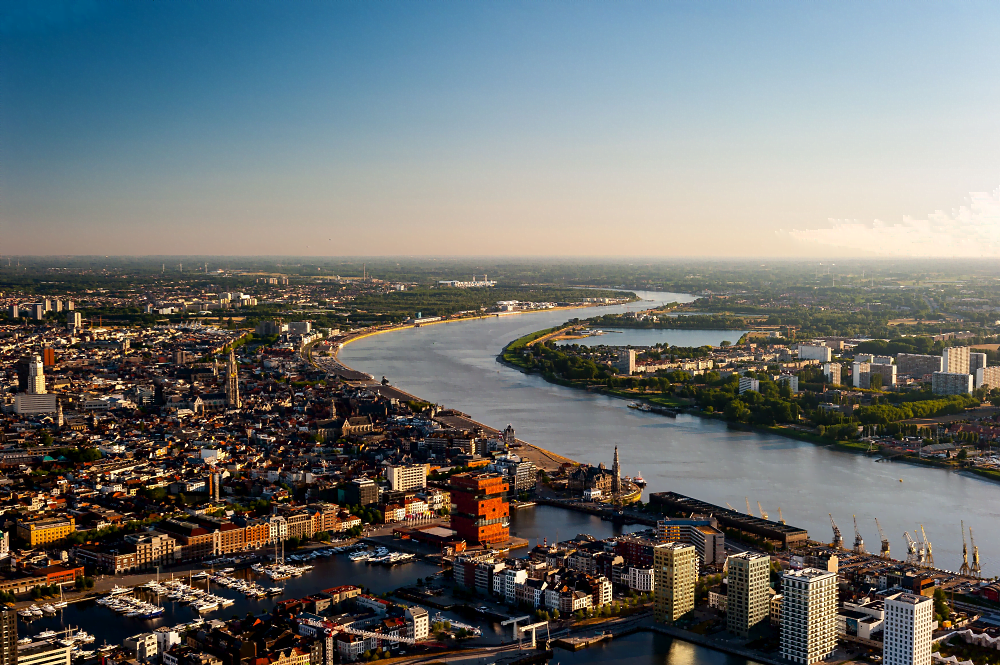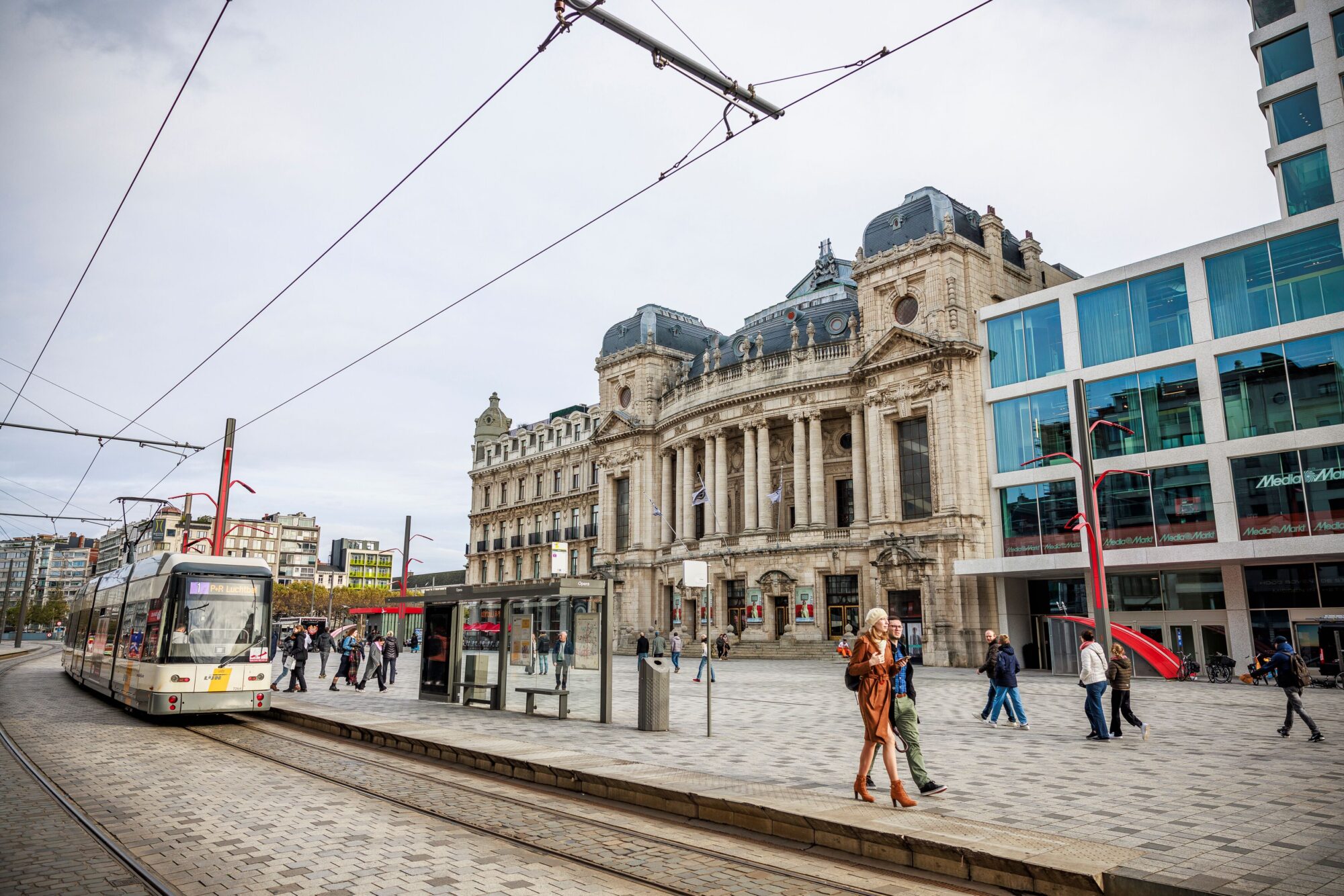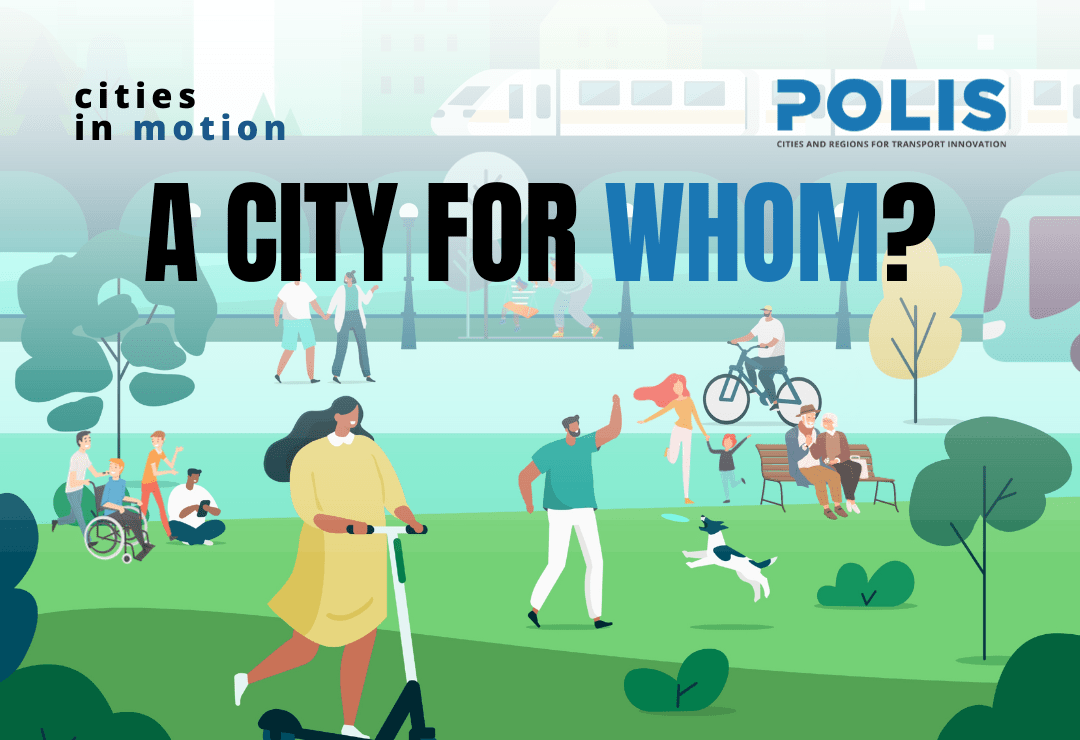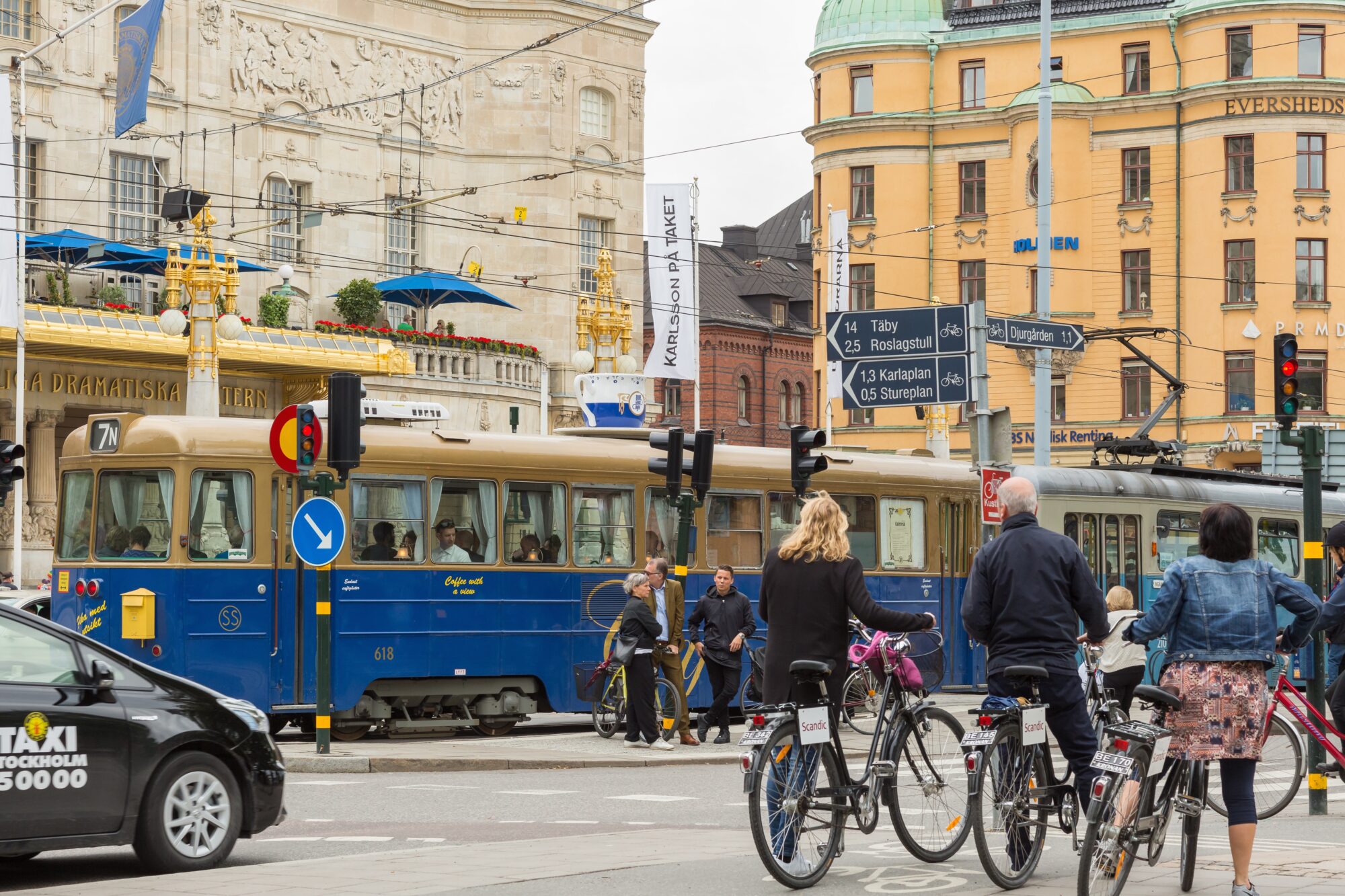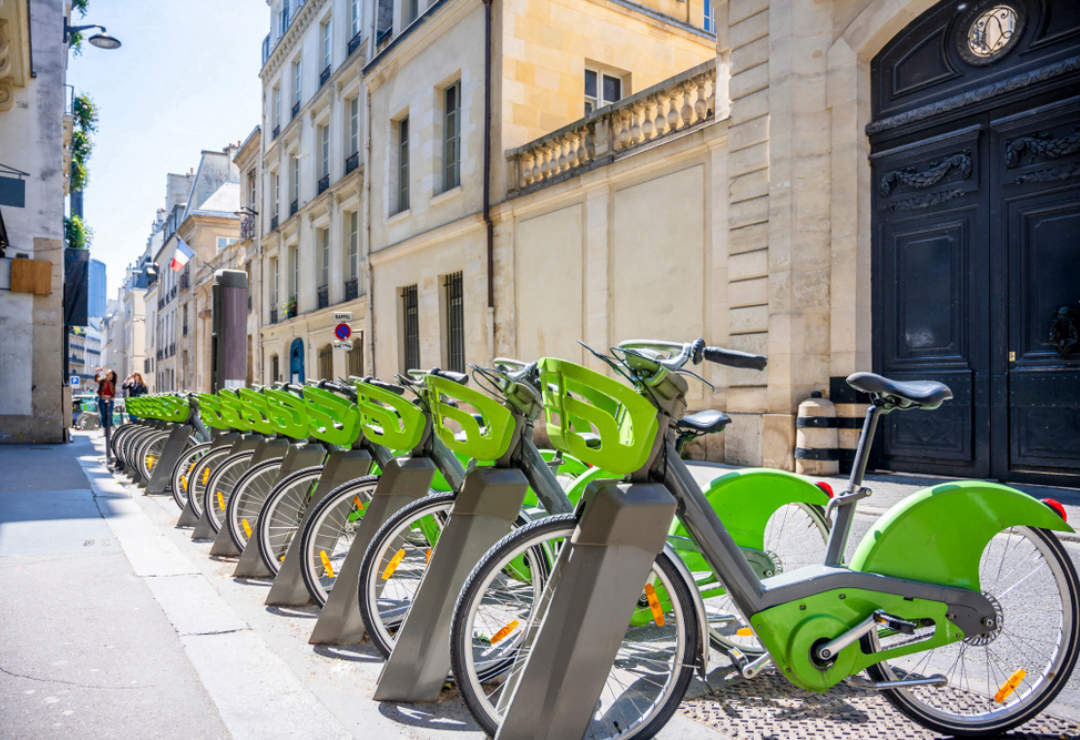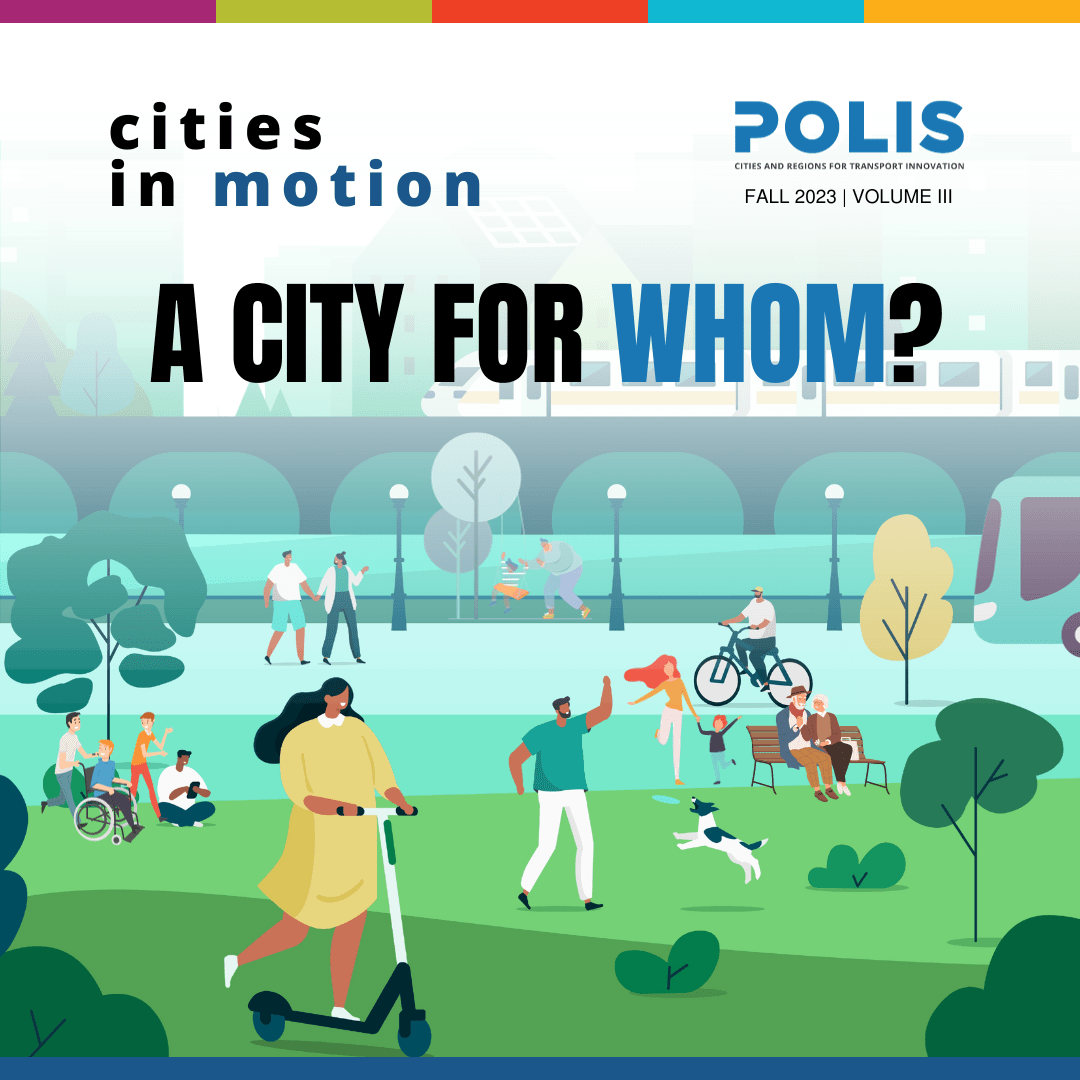Antwerp
The city of Antwerp is located in the northern part of Belgium. It is the second largest city in the country and Europe’s second largest port.
Its urban and port areas face a complex mobility situation and experience major infrastructural works. Situated on 3 TEN-T corridors, Antwerp has to reconcile major flows of commuters, citizens and visitors with freight and (urban) logistics transport. Antwerp’s primary mobility objective is to achieve a modal shift of 50/50 in the region to keep it accessible and liveable. Measures include improving transport infrastructure, reducing motorised road movements and promoting sustainable transport.
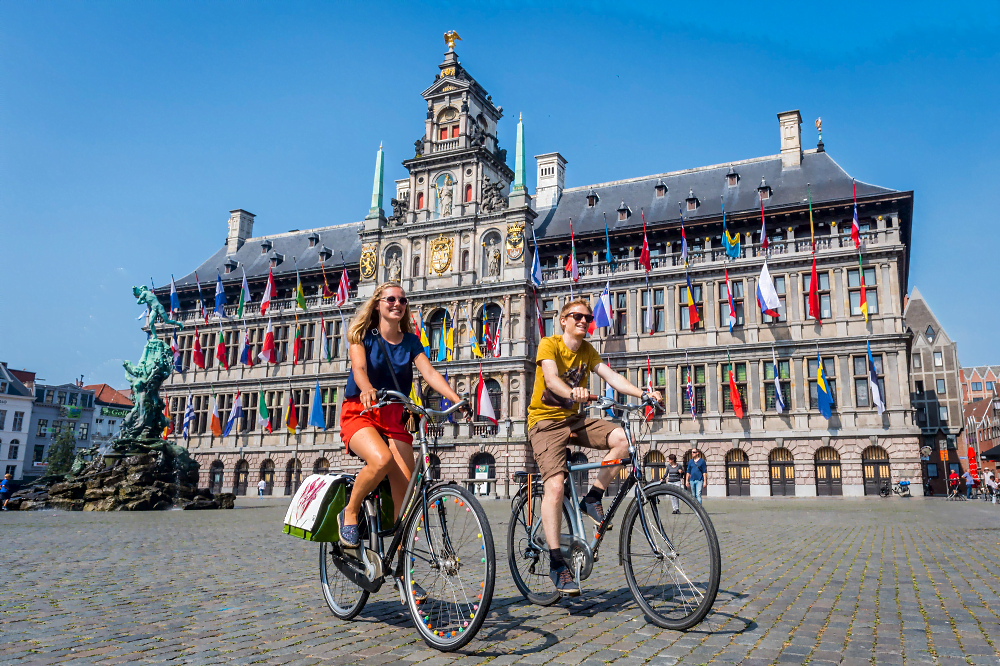
Cycling Grote Markt (c) Frederik_Beyens
Antwerp is the focus of lines to the north to Essen and the Netherlands, east to Turnhout, south to Mechelen, Brussels and Charleroi, and southwest to Ghent and Ostend. It is served by international and Thalys trains to Amsterdam, Rotterdam and Paris, and national trains across Belgium.
The “Ring of Antwerp” is a six-lane motorway bypass that encircles the city centre and offers connections to other major Belgian cities, such as Brussels, Liège, and Ghent, and cities in France and the Netherlands.
The Antwerp region experiences major road congestion. To address this, the Flemish government drew up its Masterplan 2020 and, more recently, Routeplan 2030.

Antwerp Scheldt (c) Gianni Camilleri
Active travel has also been a key focus, and the city ranks 3rd in top 10 best cities in the world for cyclists in the Global Bicycle Cities Index 2022.
Accessibility and Inclusion has also been at the heart of their work, and the city has participated in projects such as INDIMO, enabling developers, policy makers and service operators to consider the perspective of the user when dealing with digital mobility solutions.
The city has been involved in a range of other projects including; SCALE-UP, FastTrack, SPINE, SUMP-PLUS, and CIVITAS PORTIS.
You can find out more on their website, or follow them on LinkedIn and Twitter.
